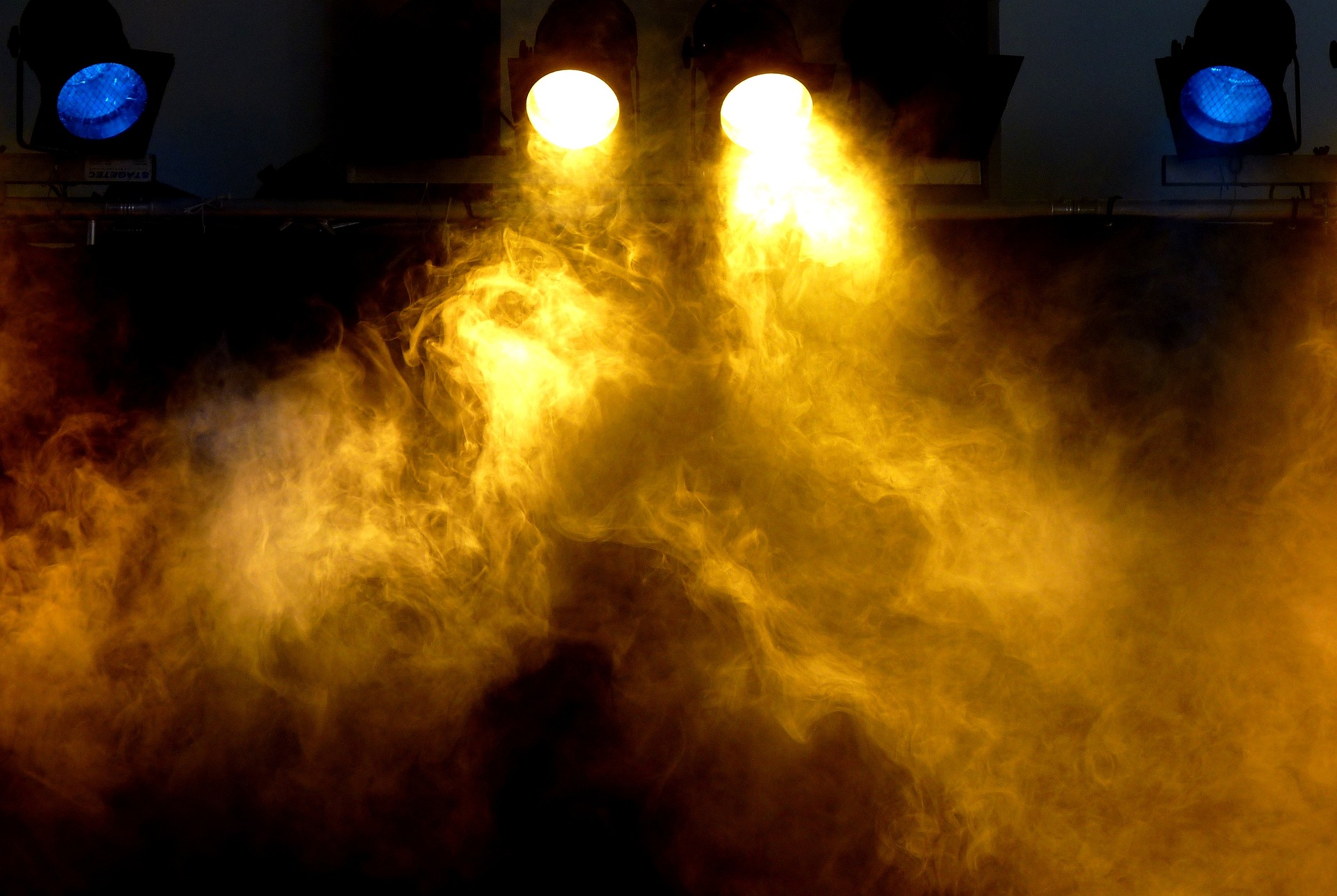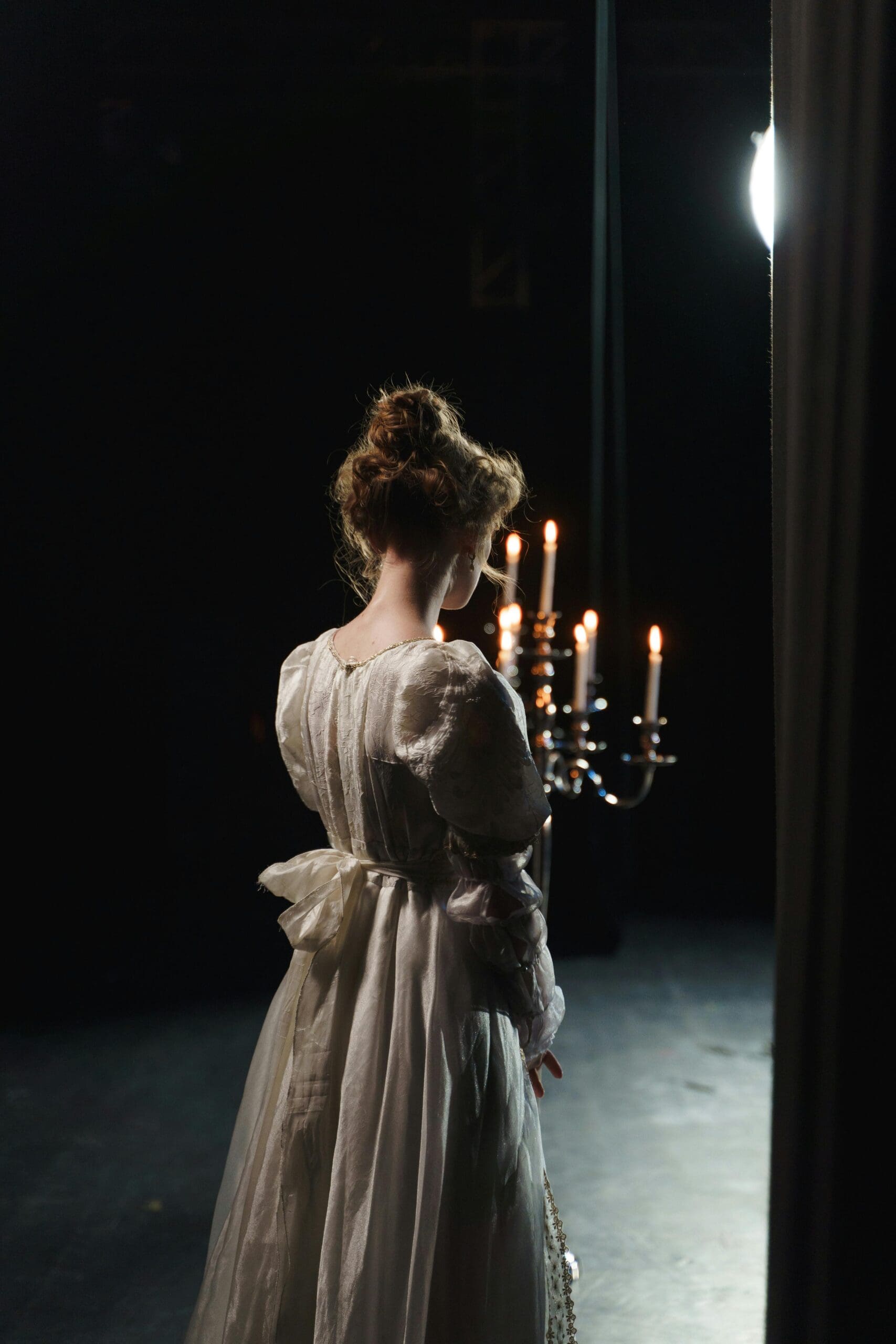
Textile: Flame Retardant
Safety is a crucial part of working in theaters, event venues, and museums, and proper fireproofing of textiles plays a central role.
We are happy to share our knowledge on this important topic, so your textiles can meet the necessary fire safety standards without compromising the design.
Decades of experience
With nearly 40 years of experience in the industry, we have had countless discussions about fireproofing and the challenges that come with it.
The two primary methods for fireproofing textiles:
DURING production: The fireproofing is integrated directly into the fibers during textile production. This means that the treatment does not form a surface barrier but becomes part of the fiber structure itself.
This method is most commonly used for polyester materials.
Read more about this process here: Trevira
Fireproofing AFTER textile production: This can involve processes such as washing while dyeing, spray treatment of the textile, or priming with fireproofing before aging or painting. This method primarily applies to natural materials.

Need to know
Essential Knowledge About fireproofing
Textiles treated during production
If the fireproofing is already integrated into the fibers, as it is with most synthetic materials, moisture will not affect its effectiveness. The difference mainly lies in the chemical structure of, for example, polyester fibers. In this case, external factors such as water or patination will not destroy the fireproofing. However, you should ensure that anything applied to the textile afterward, such as filler, is also non-flammable.
Textiles treated after production
If the textile has been treated with fireproofing after production, as is the case for all natural materials, the effectiveness of the treatment will weaken when the material is exposed to moisture. This can happen, for example, when washing or painting/patinating the textile.
Nice to know
Helpful Knowledge About fireproofing

Durability
Many people believe that fireproofing diminishes over the years.
However, age is not the fireproofing’s biggest enemy; rather, it is DUST.
So, try gentle vacuuming before embarking on the full re-treatment.

Fire Standards
In Scandinavia, European standards (EN 13501) and German standards (e.g., DIN 4102 B1) are usually approved, and others may be British (BS) or French (M1). Be aware that there may be different levels within each class, such as the amount of smoke produced or how much the material drips when melting.

Fire Authorities on Site
Always consult with the fire authorities at each specific theater, event, or venue regarding the standards that the textile or decoration must meet. If there is any uncertainty, we recommend ordering a sample of the material and conducting a fire test, especially if you plan to patinate or treat the textile with additional materials.

Delivery of Certificates
Along with the fire-approved materials offered by our suppliers, we can also provide the necessary certificates. These documents confirm that the materials meet the applicable fire standards.
A lot of information to process? Don’t worry, we’re here for you!
Don’t hesitate to reach out if you’d like to discuss fire standards for a specific material or if you have any other questions.
